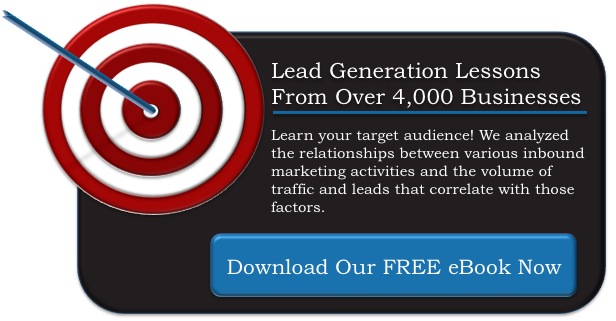 Landing pages are widely used to launch webinars, products, and other various offers to persuade visitors to give you some of their contact information. And as we all know, once you have a visitors email address you can communicate with them on a much more personal level, which helps to establish relationships and also encourage them to do what you wish them to do.
Landing pages are widely used to launch webinars, products, and other various offers to persuade visitors to give you some of their contact information. And as we all know, once you have a visitors email address you can communicate with them on a much more personal level, which helps to establish relationships and also encourage them to do what you wish them to do.
With landing pages, your prospect has initiated some sort of relationship with you. Your landing page acknowledges this and provides additional information – benefits/features – and a clear path to the next step. So let’s look at 5 best practices for writing and designing a landing page that will help get you the results you’re looking for:
Make sure your headline refers directly to the place from which your visitor came or the ad copy that drove the click. Match your language as exactly as you can. This way you keep your visitor oriented and engaged. This is by far the most important part of your landing page, especially considering how easy it is for a viewer to lose attention. An effective e-mail engages readers by telling them about something, then setting an expectation for what they will find when they click through.
Provide a clear call to action. Whether you use graphic buttons or hot-linked text (or both), tell your visitor what they need to do. If you are promoting a new product with a link to "learn more," readers will expect to land on a page with more information. If you have an "order now" link, they expect to land on a page to begin the order process. Be sure you deliver on the call-to-action's promise.
Think simple. Get right to the point because most people won’t bother to scroll down the page. It’s ok if your page is longer. Just be sure to repeat the call to action again further down the page.Use a one-column format with ample margins and white space to increase reading comprehension. Break up big paragraphs into smaller paragraphs. Essentially, you want to encourage visitors to read and engage with your message. Dense-looking copy doesn’t get read, period. Put your most important page elements above the fold. That’s the area of the page that your visitor can see without scrolling. It’s possible to design your page so that the compelling headline, the benefits, the call to action, and the opt-in form are all above the fold.
Once you've set your path, don't distract visitors with other things. Question why every piece of information is on each page, and remove information that doesn't help readers reach the end goal. This is especially true of links that take readers to third-party Web sites, but it's also true of links to other pages within your own site.
Ca pture crucial data. The main idea of lead generation is to get people to raise their hands and indicate some level of interest in your product, however modest. When they identify themselves, by responding to your offer, they enter the sales funnel. At this point, you begin the job of converting prospects into buyers. This means that before they get to download your White Paper or your demo, they must provide some information about themselves. It can be difficult to decide how long your form should be. You could ask for their email, but you may want more information, like the visitors name. Ultimately, it's up to you, but try to keep your form as short as possible. The more input required from your visitor, the less likely he or she will go through with it. Ask for the least amount of information you need-- the less information you require, the more signups you'll get.
pture crucial data. The main idea of lead generation is to get people to raise their hands and indicate some level of interest in your product, however modest. When they identify themselves, by responding to your offer, they enter the sales funnel. At this point, you begin the job of converting prospects into buyers. This means that before they get to download your White Paper or your demo, they must provide some information about themselves. It can be difficult to decide how long your form should be. You could ask for their email, but you may want more information, like the visitors name. Ultimately, it's up to you, but try to keep your form as short as possible. The more input required from your visitor, the less likely he or she will go through with it. Ask for the least amount of information you need-- the less information you require, the more signups you'll get.
Don't forget to follow up. After people take advantage of the offer on your landing page, work those leads. If you can, you should have follow-up messages ready to roll automatically. The whole idea of lead generation is to capture contact data and then press ahead with e-mail and other strategies. Failing to follow up is a big and common mistake.

